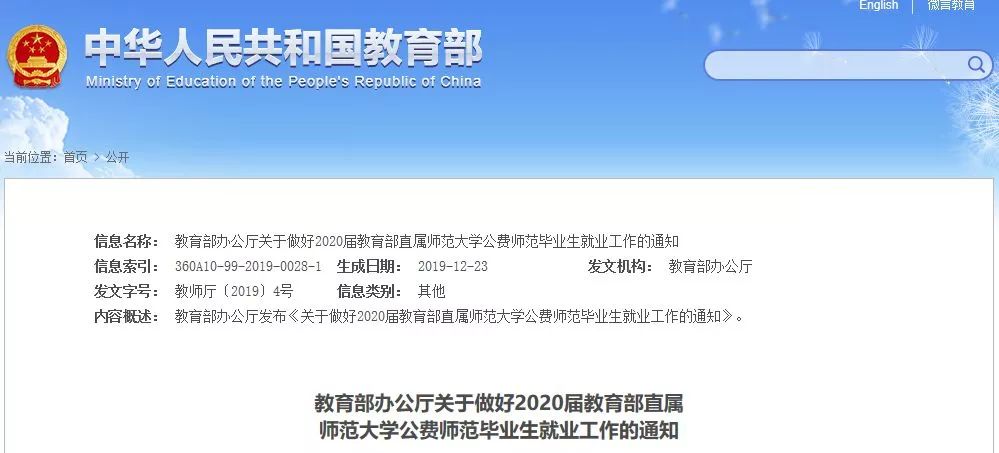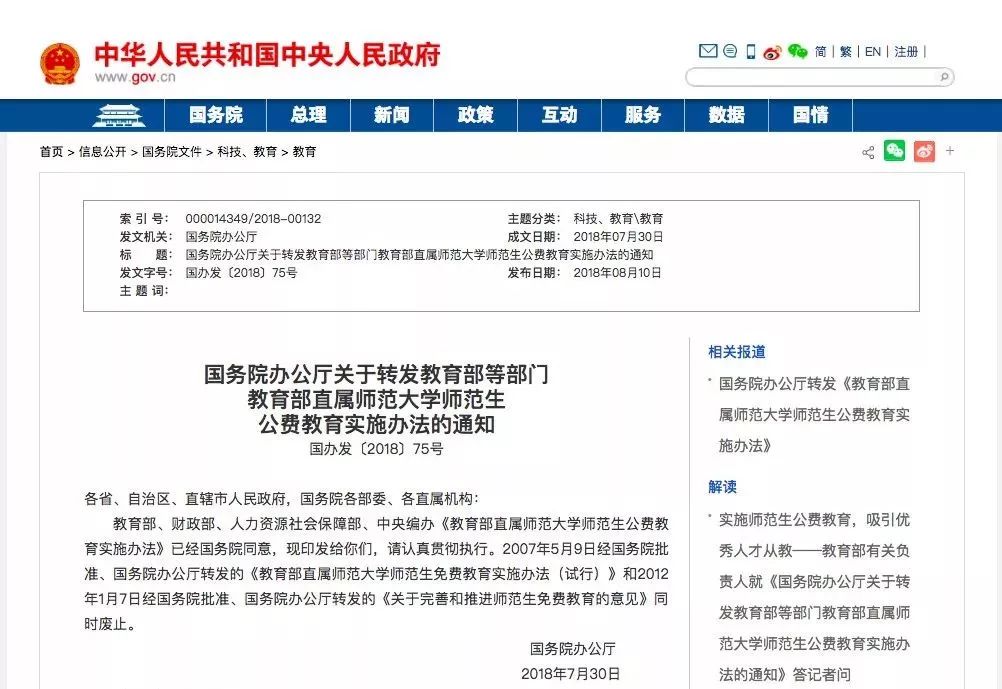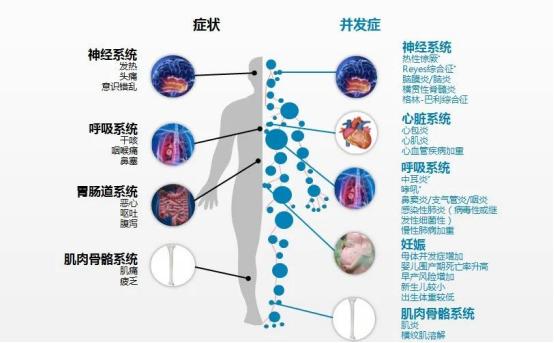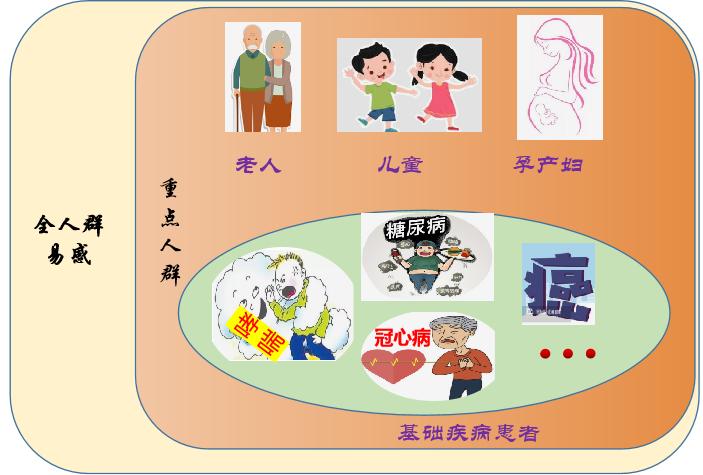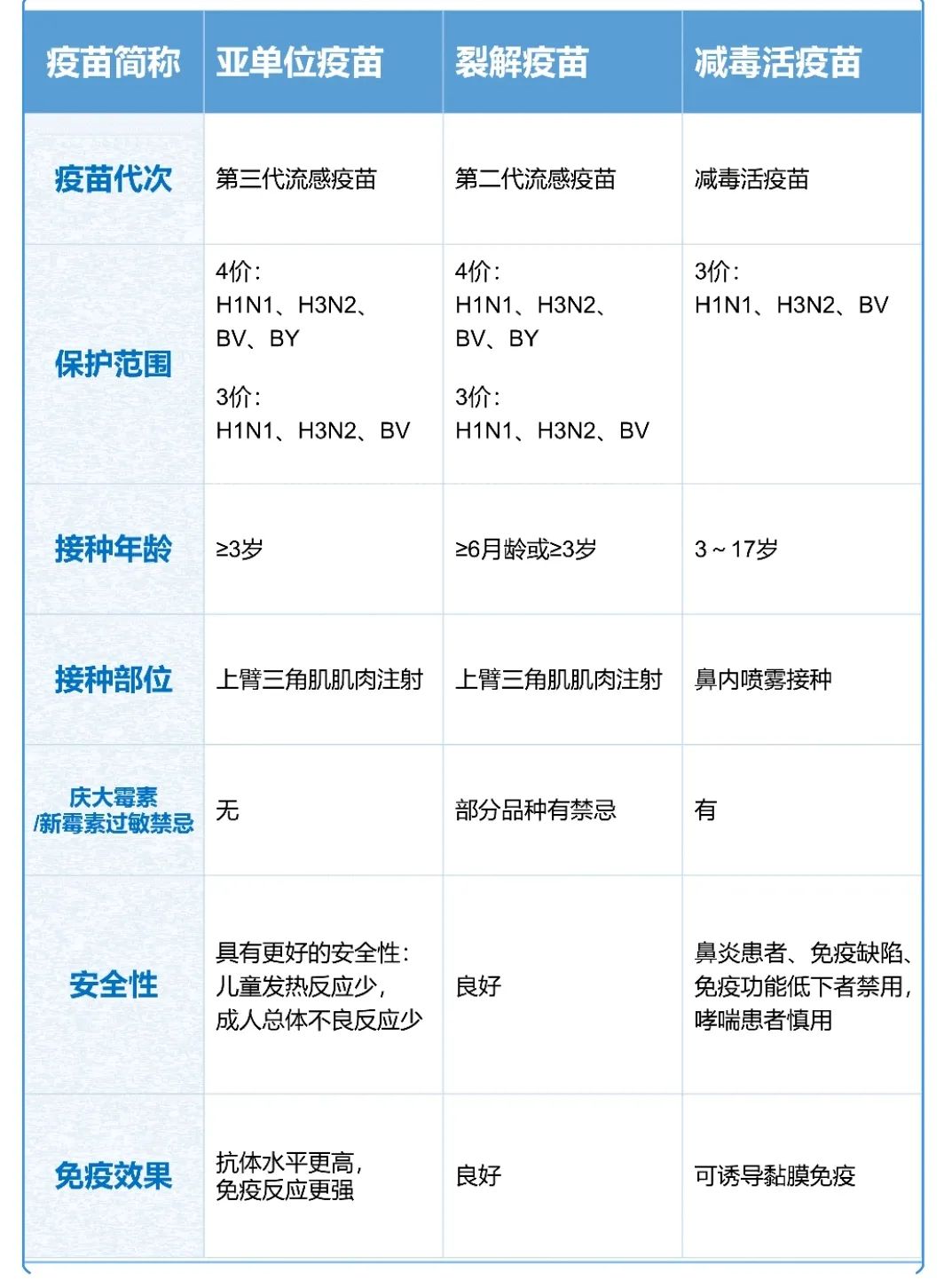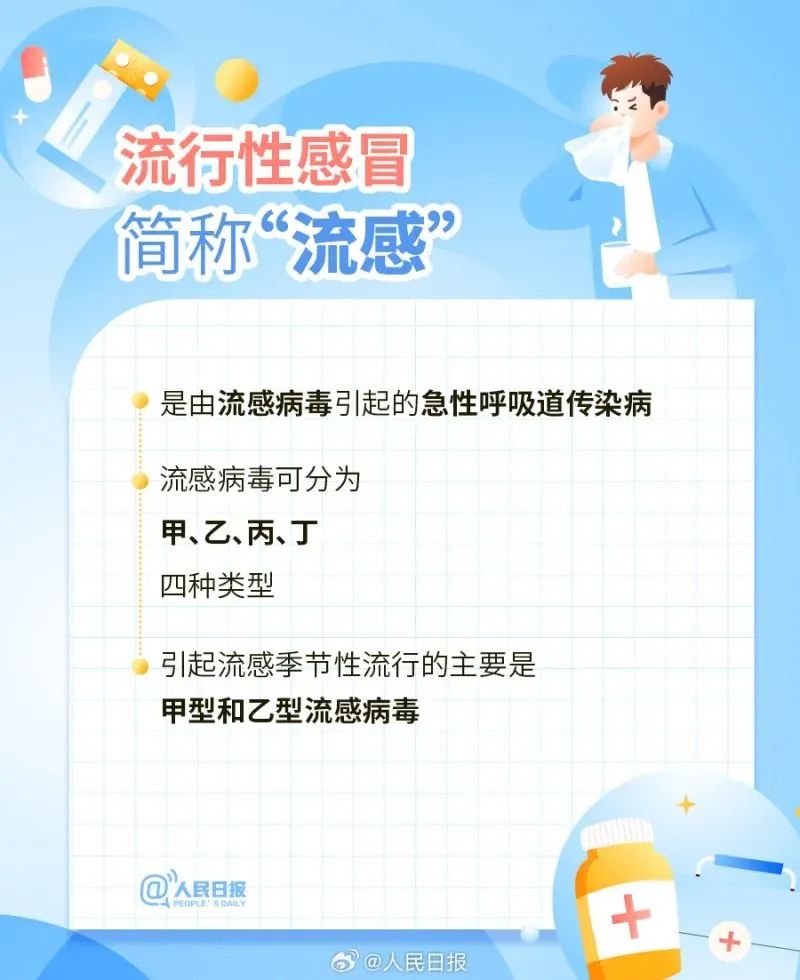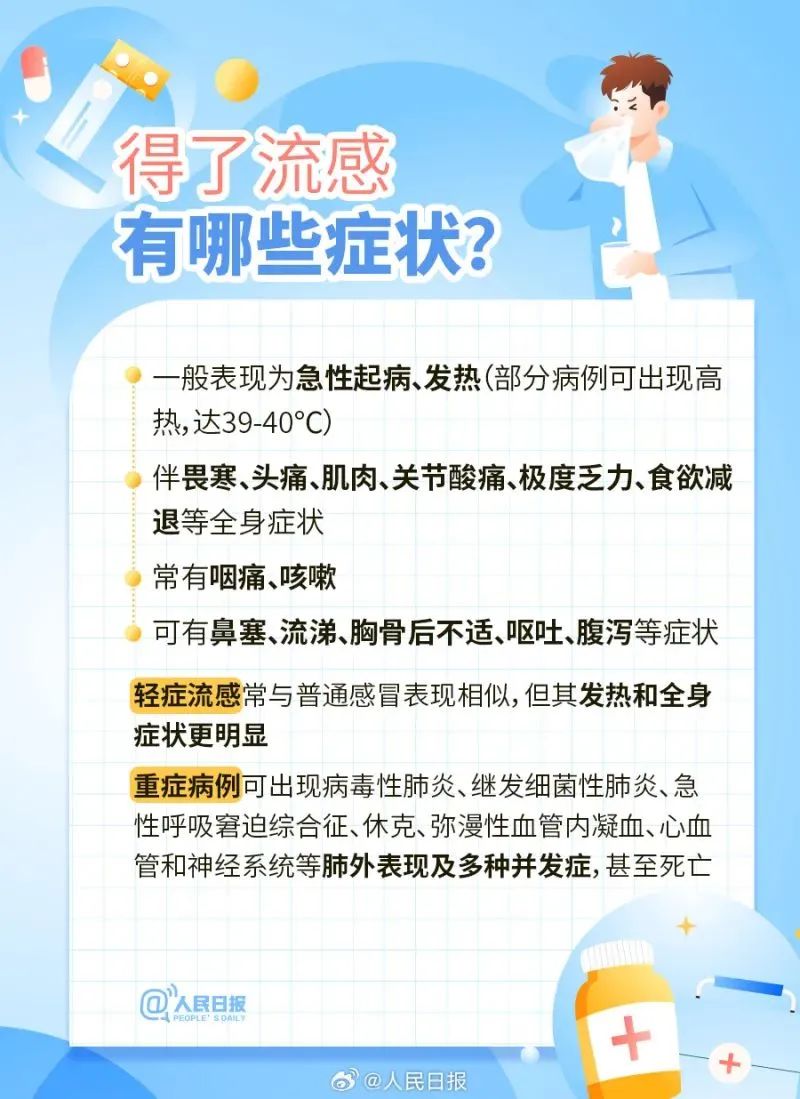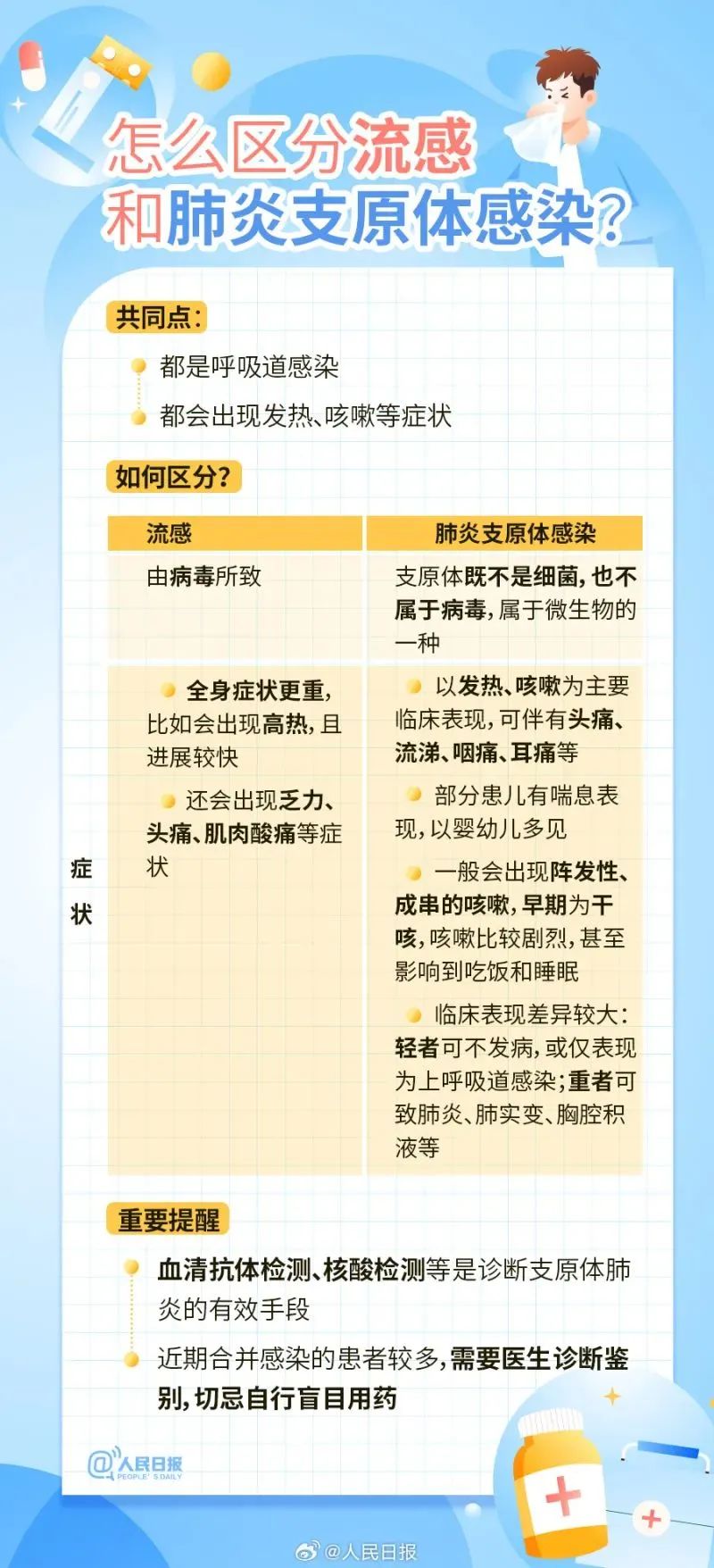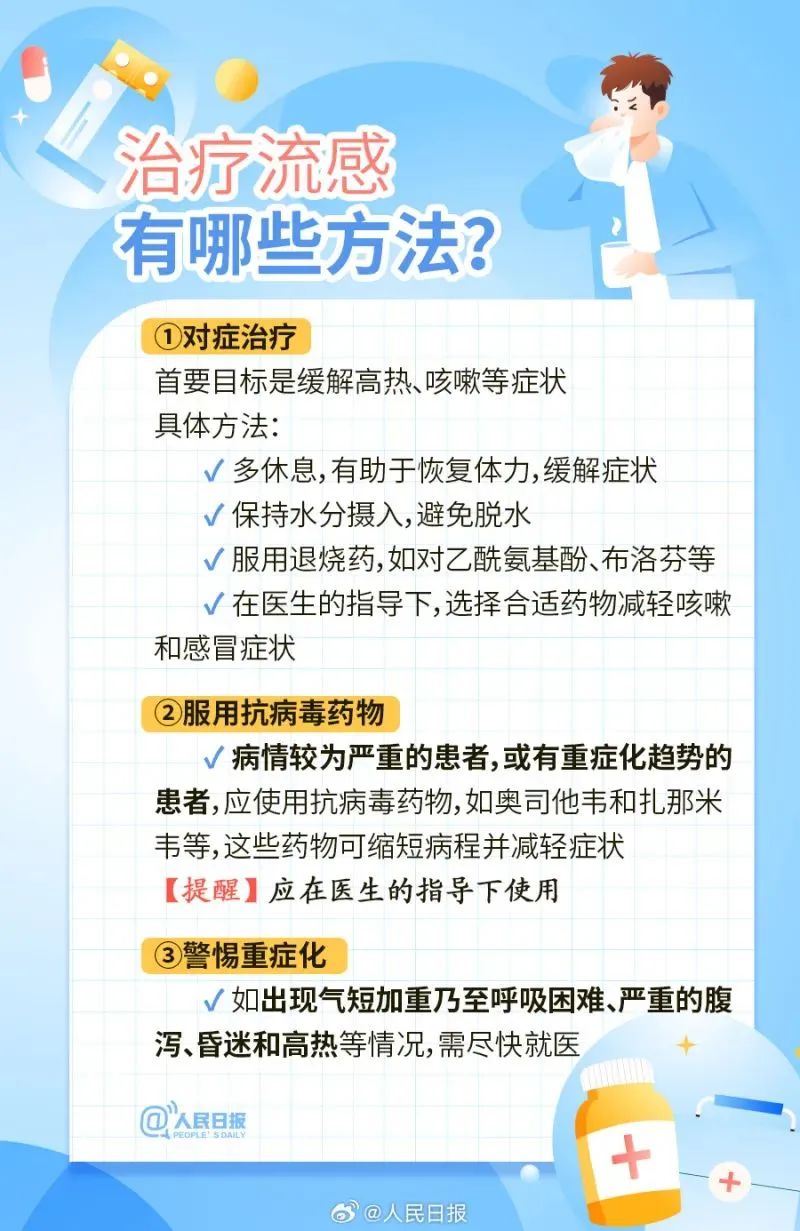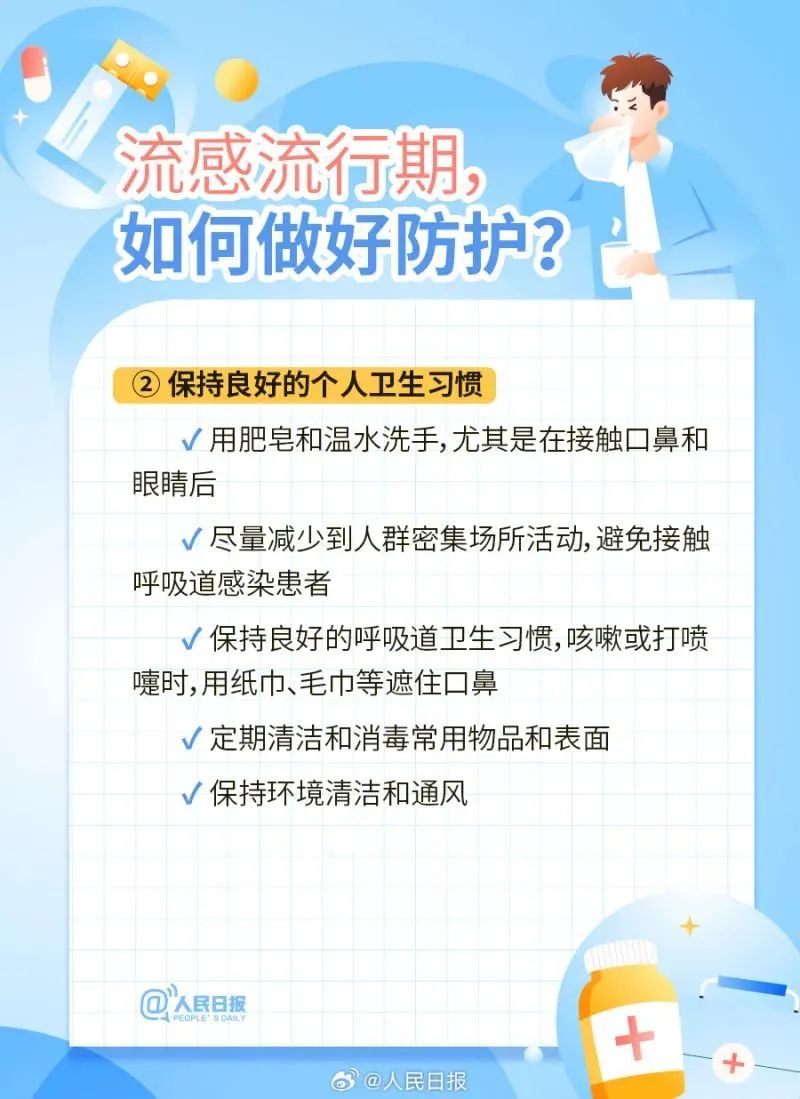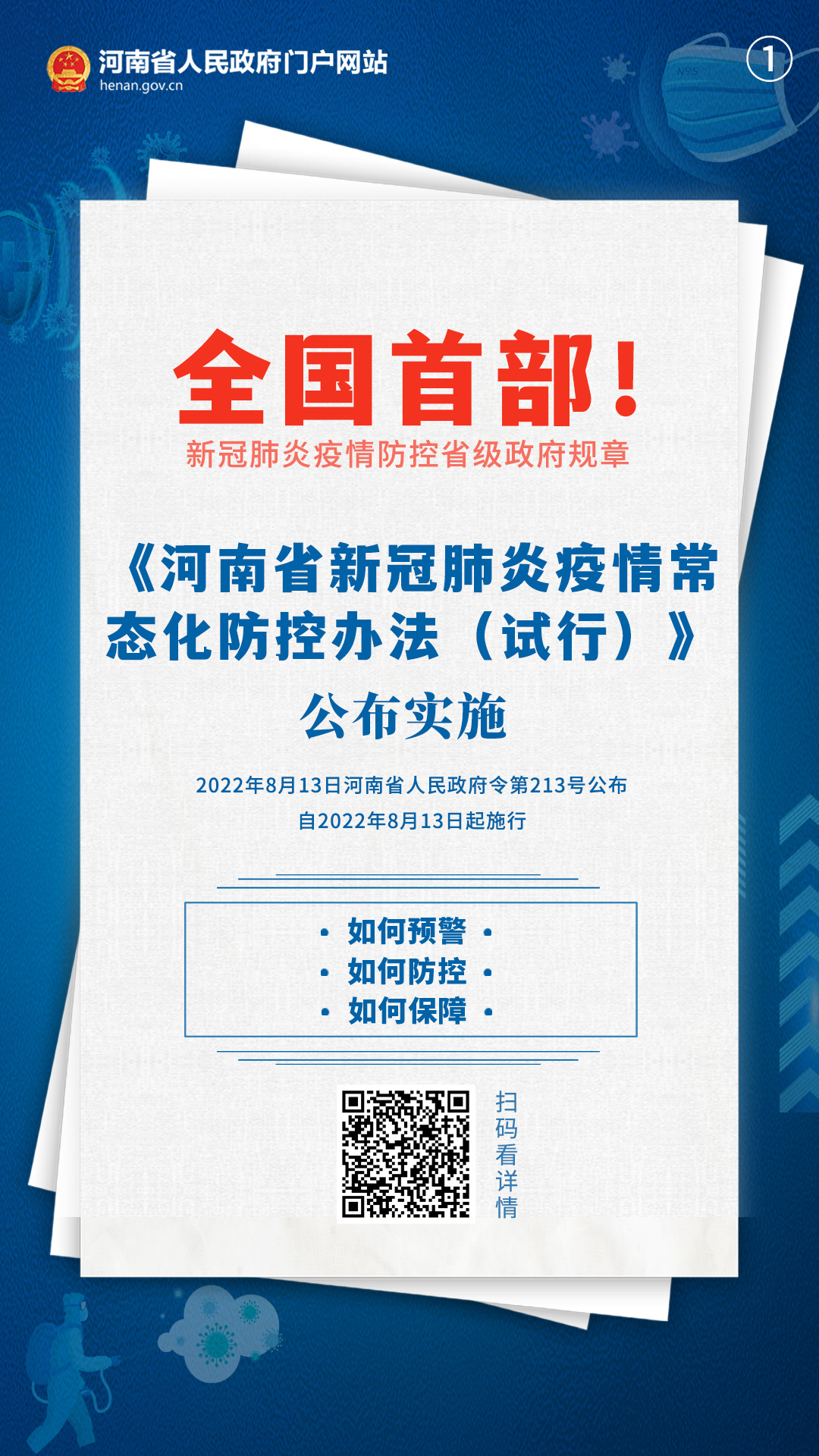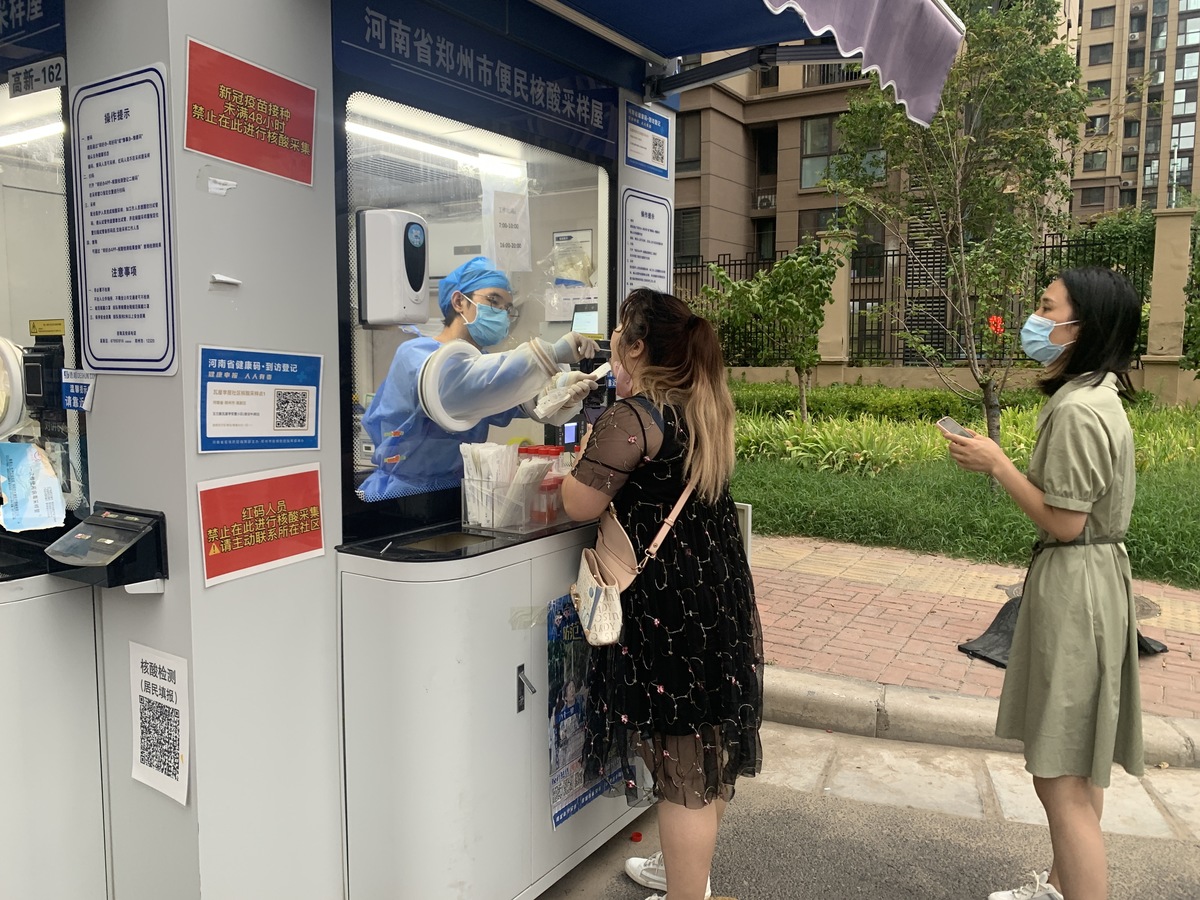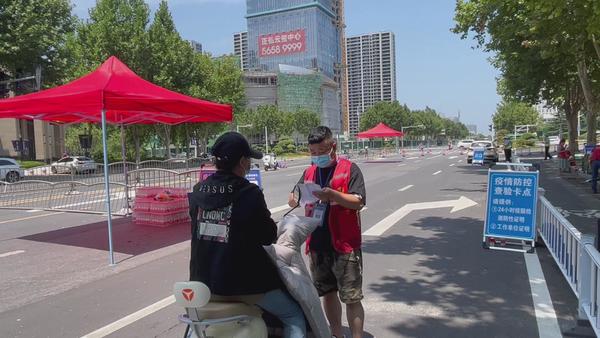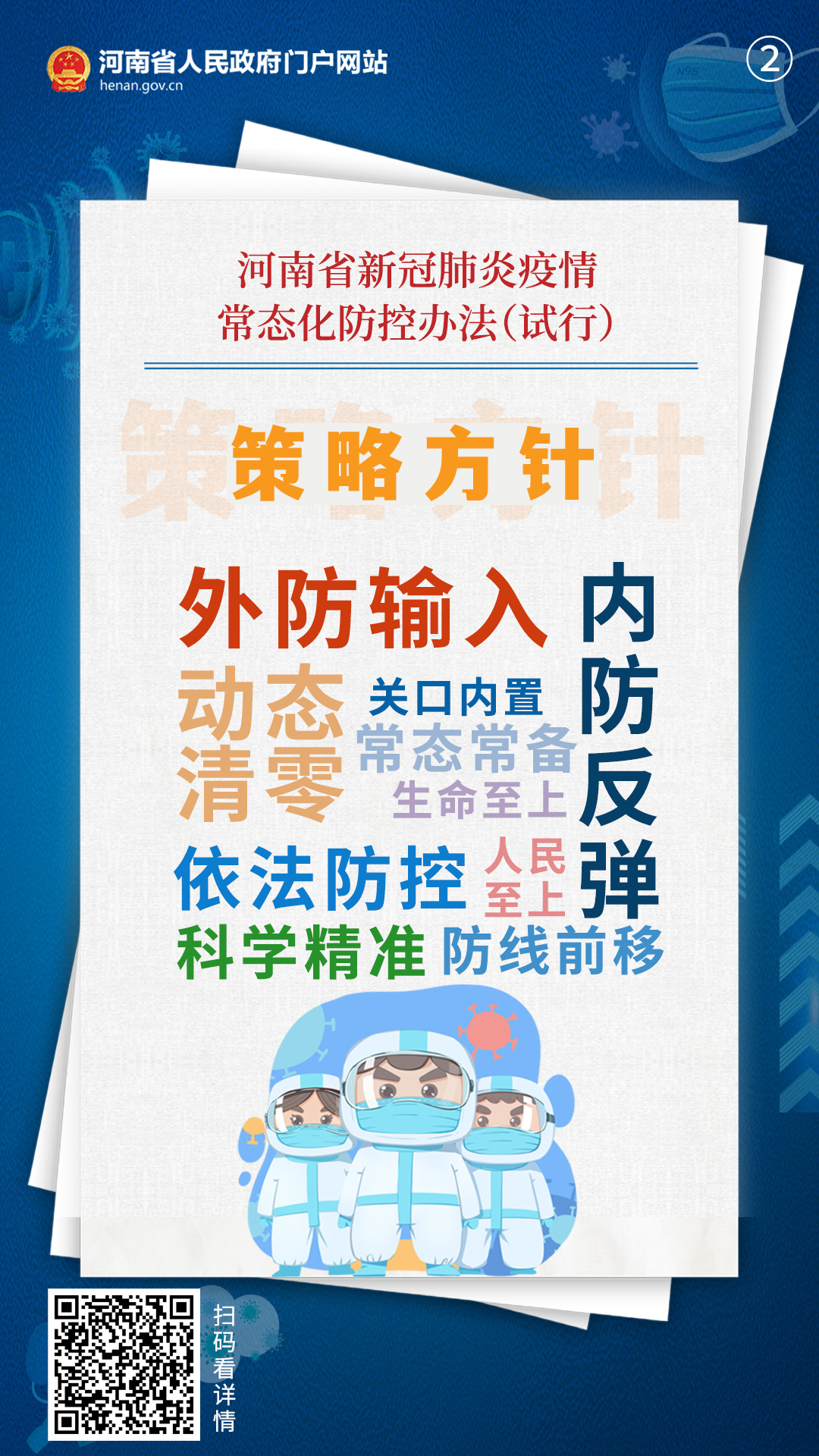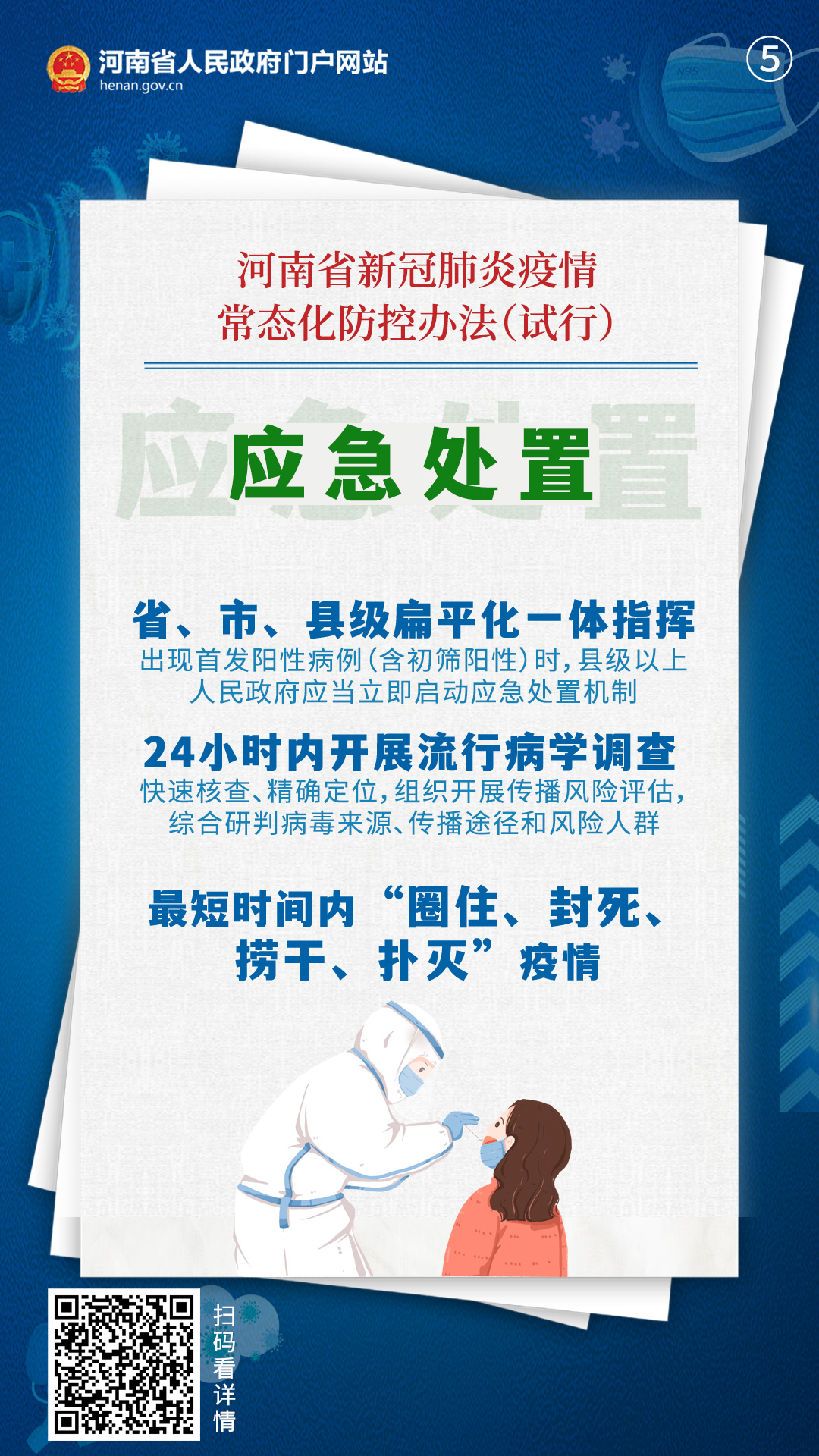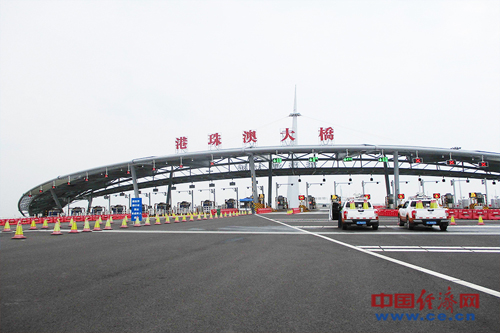"The richest place is in Guangdong, and the poorest place is also in Guangdong", which was once a portrayal of the imbalance between urban and rural development in Guangdong. How to turn the shortcomings of rural development into potential boards is an important issue for Guangdong to achieve high-quality development.
Since the 12th Party Congress of Guangdong Province, Guangdong has made great efforts to solve the problem of urban-rural dual structure, promoted the new urbanization strategy and rural revitalization strategy in coordination, achieved full coverage of modern agricultural industrial parks in major agricultural counties, initially established a modern rural industrial system, basically completed the improvement of the basic environment of natural villages in the province, and promoted the gradual narrowing of the income ratio of urban and rural residents, keeping it within 2.5∶1 for two consecutive years.
Especially in May, 2020, since the provincial party committee and the provincial government issued and implemented "Several Measures to Establish and Improve the System, Mechanism and Policy System of Urban-Rural Integration Development in Guangdong Province", a new type of relationship between workers and peasants, which is mutual promotion, urban-rural complementarity, comprehensive integration and common prosperity, has been accelerated in Guangdong, and new breakthroughs have been made in urban-rural integration development.
Breakthrough of system and mechanism??
Explore more vivid experiences of coordinated development between urban and rural areas.
During the "May Day" this year, Xiaohuashan Scenic Area, located in Qingxin District of Qingyuan City, welcomed a group of tourists who came here to stay in homestays, enjoy beautiful scenery and taste delicious food, which was very popular. Just a few years ago, Xiajing Village, Liujiadong, where the scenic spot was located, was a different story. There were many mountains and few fields, so it was difficult to intensively develop industries, and villagers went out to work.
Under the leadership of the Party branch of the village, Xiajing Village revitalized and integrated 2,600 square meters of homestead, and cooperated with social capital to operate the Xiaohuashan leisure and holiday project. The collective economic income of the village increased from 19,000 yuan to more than 5 million yuan, and the shareholders received nearly 3,000 yuan in dividends. "The villagers have more right to speak, and this reform has made us more motivated." Zou Donghai, a villager from Xiajing Village who received the share certificate, said.
It is the key to promote the integration of urban and rural areas to establish and improve the system and mechanism conducive to the integration of urban and rural areas.
Since the Guangqing junction area was included in the National Urban-Rural Integration Development Experimental Zone in December 2019, Guangdong has successively issued the Implementation Plan of Guangdong Guangqing junction area in the National Urban-Rural Integration Development Experimental Zone and the General Plan for the Construction of Guangqing Special Economic Cooperation Zone, etc., to promote the implementation of measures such as "improving the settlement policy due to the city", "improving the supporting policies for citizens" and "establishing the incentive mechanism for talents to join the countryside", and constantly explore the "Guangqing experience" in the coordinated development of urban and rural areas.
In recent years, Qingyuan has taken the reform of joint-stock cooperative system of rural collective economic organizations and the reform of "three plots of land" (rural contracted land, homestead and collective management construction land) as a breakthrough to promote the accuracy of rural land reform and smooth the circulation channels of urban and rural factors. At present, 10 experimental tasks and 148 key projects in Qingyuan (district) of Guangqing junction area have been solidly promoted.
"Guangqing junction area is the only cross-administrative experimental area of urban-rural integration in China. Guangqing should not only explore the experience of leading the northern ecological development area into the development of Guangdong-Hong Kong-Macao Greater Bay Area in the Pearl River Delta, but also demonstrate the dual structure of urban and rural areas and promote the radiation of central cities to drive the vast rural areas into urban development." The relevant person in charge of the Provincial Development and Reform Commission said.
System construction needs not only a breakthrough in "point" but also an overall plan in "area". In May 2020, Guangdong issued and implemented "Several Measures for Guangdong Province to Establish and Improve the System, Mechanism and Policy System of Urban-Rural Integration Development", which made a comprehensive arrangement for Guangdong to promote urban-rural integration development.
-establish a development mechanism for beautiful small towns. Guide the rural population to live in towns and improve the level of public services such as education, medical care and old-age care in towns and villages.
-improve the mechanism for metropolitan areas to take the lead in realizing urban-rural integration and development. In the past five years, Guangzhou, Shenzhen and other central cities have played an increasingly prominent role in driving the surrounding rural areas. Cross-city public transport and medical association construction have promoted the two-way flow of factor resources between urban and rural areas.
-establish a development mechanism for beautiful small towns. A number of characteristic small towns and towns with distinctive industrial characteristics, cultural integration of production cities, and suitability for industry, residence and tourism are accelerating to emerge in Guangdong.
Taking Guangqing junction area as the pilot, in November 2020, Guangdong also listed 7 cities and counties such as Jiangmen downtown production-city integration demonstration zone and 39 central towns such as Xinlong Town in Huangpu District of Guangzhou as provincial-level pilot areas for urban-rural integration development in Guangdong Province, and defined the pilot scope and tasks.
Two-way flow of elements??
Build a platform to attract resources and connect industries with urban and rural areas
The continuous improvement of the system and mechanism of urban-rural integration development promotes the two-way flow of talents, capital and other factors between urban and rural areas.
"The farmers’ cash cow is back!" Li Lianghao, captain of the task force of Pingtai Town in Yunan County, Yunfu City, was very happy. Due to the problems of pests and diseases, the former rich fruits of local farmers-citrus and passion fruit-have low benefits, and many farmers give up planting.
Thanks to the technical support of agricultural scientists and technicians of the Provincial Academy of Agricultural Sciences, the fruit industry planting benefits in Pingtai Town have been greatly improved, and farmers have rekindled their enthusiasm for planting.
It’s not just a platform town. By the end of 2021, the Provincial Science and Technology Department had promoted the stationing of rural science and technology commissioners in the town to help 901 key towns and villages to fully cover, and sent 901 teams and 2,767 rural science and technology commissioners to go deep into the countryside to help promote agriculture through science and technology.
In the past five years, through the implementation of measures such as university student village officials, "three supports and one support" and "youth meritorious service", more young people from Guangdong have come to the countryside from cities and become a new force to help the urban-rural integration and development. According to the data of the Provincial People’s Social Welfare Department, in the job collection of "three supports and one support" in 2021, supporting agriculture and helping rural revitalization accounted for 71.42%.
Returning home for employment and entrepreneurship has gradually become a trend. According to the survey conducted by the Provincial Department of Agriculture and Rural Affairs in 2020, among the high-quality farmers in the province, the proportion of returning migrant workers is over 1/3, which has become an important form of high-quality human resources flowing from towns to villages.
On the other hand, more funds will be injected into the countryside to further enhance the development momentum of urban-rural integration.
Before the start of spring ploughing this year, Zhao Sihai, the head of Sihai Grape Manor in Zhaoqing City, began to plan to turn the vineyard into a complex integrating grape picking, modern agricultural leisure sightseeing and catering. Because there is no collateral, funds have become a "roadblock". However, Zhou Zhihao, the "Deputy Secretary of Finance", soon applied for a bank credit line of 300,000 yuan for him, which solved Zhao Sihai’s urgent need.
Funds from different channels converge into the sea, which helps the integration of urban and rural development: the total income of agricultural insurance premiums has increased to 4.777 billion yuan (excluding Shenzhen) by the end of 2021, attracting 18 million farmers to participate in insurance; Since 2018, the scale of agricultural-related funds coordinated by the provincial finance has exceeded 30 billion yuan every year, and more than 80% of them have been invested in the grassroots of cities and counties …
The two-way flow of resource elements also bridges the coordinated development of urban and rural industries.
In Jiedong, Jieyang, we will build a "1+4+1" industrial collaborative development platform to promote bamboo shoots to become the most promising local characteristic agriculture.
In Luhe, Shanwei, Hekou Town makes full use of local high-quality resources to build a tourist base for studying in the north of Hekou. Urban and rural resources complement each other, which drives local consumption to exceed 1 million yuan and effectively promotes farmers’ income.
In recent years, Guangdong has continuously established and improved the cultivation mechanism of new industries and new formats, and accelerated the establishment of a modern agricultural management system. Guided by the "back garden" and "vegetable basket" and "rice bag" of green mountains and green hills, we will promote the active docking of rural areas and integrate them into the construction of pilot demonstration zones in Guangdong-Hong Kong-Macao Greater Bay Area and Shenzhen.
The data shows that at present, the province has created 18 state-level and 235 provincial-level modern agricultural industrial parks, formed 6 state-level advantageous industrial clusters, 56 state-level agricultural industrial towns and 139 state-level "one village, one product" demonstration villages and towns, and initially established a modern agricultural industrial system of "cross-county clusters, one county, one park, one town, one industry and one village, one product".
Enhance people’s livelihood and well-being??
The income gap between urban and rural residents is narrowing year by year.
To promote the integration of urban and rural development, the starting point and the end result lies in promoting people’s livelihood and well-being.
In recent years, the development trend of urban-rural integration in Guangdong is improving, and the most intuitive manifestation is the continuous growth of rural residents’ income. The data shows that the annual per capita disposable income of rural areas in the province increased from 15,780 yuan in 2017 to 22,306 yuan in 2021, with a cumulative increase of 41.4%.
At the same time, the income gap between urban and rural residents has been narrowing year by year. In 2021, the income ratio of urban and rural residents in the province has dropped to 2.46∶1, and it has remained within 2.5∶1 for two consecutive years, and it has been shrinking. "This means that Guangdong’s urban-rural integration and development has achieved certain results." Wan Zhong, vice president of Guangdong Rural Research Institute, said.
The integration of urban and rural development has effectively promoted the great changes in the rural landscape of Guangdong.
By the end of 2021, the province had completed more than 153,000 natural villages with "basic improvement of rural human settlements", and the coverage rate increased from 62% in 2017 to over 99.8% in 2021. The toilet penetration rate of rural health households, the collection, transportation and disposal system of rural domestic garbage and the treatment rate of rural domestic sewage all rank among the top in the country; The pavement hardening rate of townships and administrative villages, the bus service rate of administrative villages and the maintenance rate of rural roads all reached 100%; The number of rural 5G and 4G base stations ranks first in the country, and the 4G network of administrative villages has achieved full coverage.
In recent years, Guangdong has continuously filled the shortcomings of rural public services, making the countryside more livable. In Huacheng Town, Wuhua County, Meizhou, not only the Huacheng Branch of the County Library was established, but also five smart self-service library were set up to promote the full coverage of the whole town. In Yangcun Town, Boluo County, Huizhou, Yangcun Central Health Center was upgraded to the second people’s hospital of Boluo County, and operated according to the standard of second-class first-class general hospital. The annual outpatient volume can reach 600,000, and 90% of the patients do not leave the county. In Suixi, Zhanjiang, 15 towns and villages have access to roads above Grade III, and the smoothness rate of towns and villages is 100%. A road property right protection team with "road managers in counties, supervisors in towns and road guards in villages" has been basically established.
"The integrated development of urban and rural areas is an efficient way to break the dual structure of urban and rural areas and promote the effective connection between the achievements of poverty alleviation and rural revitalization." Liu Wei, director and researcher of the Institute of International Studies of the Provincial Academy of Social Sciences, said that Guangdong is accelerating the transformation and upgrading of the agricultural industry by promoting the free flow of urban and rural resource elements.
■ Grassroots practice
Haojiang District, Shantou City:
Walk out of the road of integrated development of "beautiful urban area+beautiful countryside"
Art wall painting, wide lanes, ancient charm of tidal wind, pastoral songs … Walking into Donglong Community, Binhai Street, Haojiang District, Shantou City, it seems that you are in a "creative world", and fashion creativity and Chaoshan elements collide and blend, which makes people shine. Every weekend, it has become a preferred place and punching point for many citizens to play and relax.
Put the time back to five years ago, when the Donglong community was weak in collective economy and backward in infrastructure, the people made a living by farming and going out to work. Today, the community has been transformed into a livable home in the hearts of local residents by promoting the construction of beautiful countryside. "It is indeed very proud that the community can become like this." Resident Mr. Cai said.
In Hepu Street, Haojiang District, there is a "flower world" with an area of 1,000 mu-Danying Ecological Park, where flowers are in full bloom and tourists are weaving. In recent years, Danying Ecological Park has accelerated the integrated development of "agricultural cultural tourism" and innovatively launched farming cultural experience projects. The activities such as transplanting festival, fishing festival, strawberry festival, farmland subscription and rice field harvesting are very popular among tourists.
Not only Donglong community and Hepu street, but also all villages in Haojiang District. The effect of "three clean-ups, three dismantlements and three rectifications" has been outstanding, and the management of rural housing and the improvement of rural features have been continuously promoted, creating a beautiful overseas Chinese village in East Lake, a pilot project for improving the features of two rural houses in Hongqi and Hongguang, and a demonstration film for the revitalization of villages in Donglong, Shangdian, Jade and Gangbei … Haojiang’s rural revitalization and construction heat wave after wave.
Make the city better and the countryside more beautiful. In recent years, Haojiang District has made great efforts to solve the dual structure of urban and rural development, and made overall plans for industry and agriculture, cities and villages as a whole, promoting the mutual integration and common development of urban and rural areas in planning layout, factor allocation, industrial development, public services, ecological protection, etc., and comprehensively speeding up the construction of a port-city integration demonstration zone and creating a rural revitalization demonstration model of "beautiful urban area+beautiful countryside" integration development.
